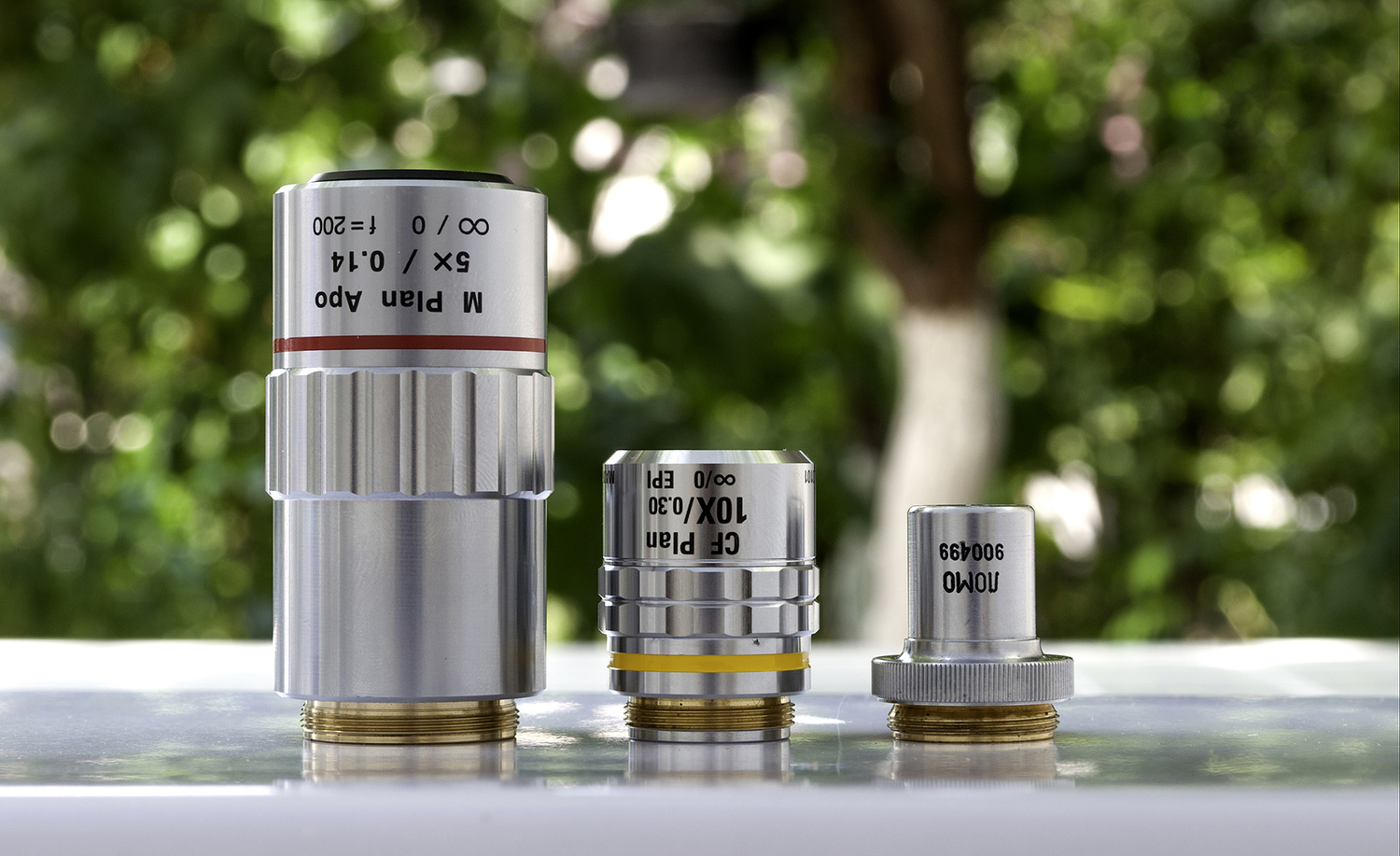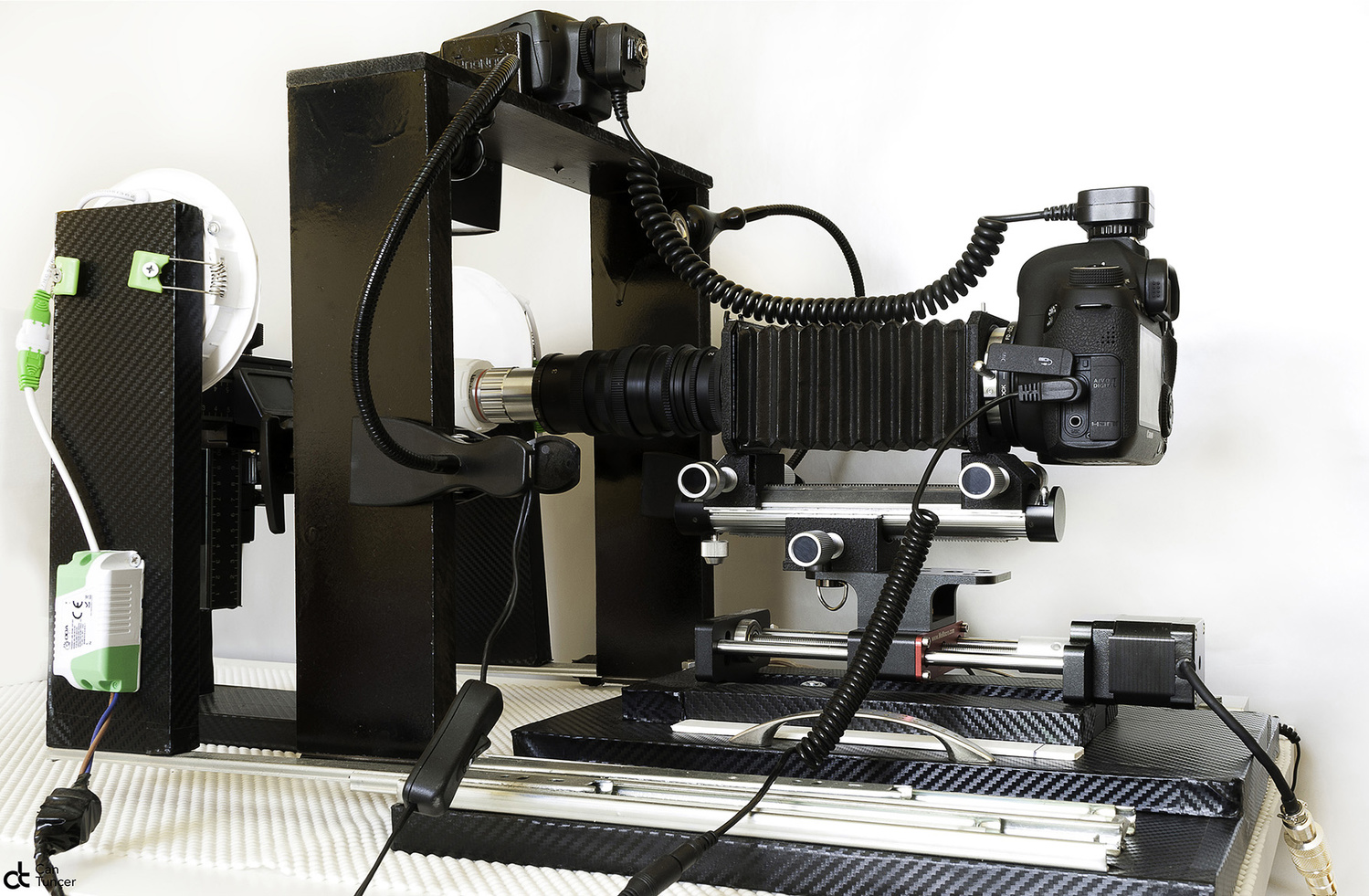Can Tuncer, a macro photographer from Turkey, recently completed a special project called “Peacock Feather,” in which he captured the fine details of a peacock feather that is impossible to see with a naked eye.
There is no limit in photography, both in terms of art and technique, and macro photography is a great example of this. Rather than conventional macro images that consist of plants and life-size bugs, Tuncer takes the challenge one step further and goes beyond the standard macro photography.
Tuncer, started photography when he was studying journalism at the university and has since been specializing in macro photography and capturing the unseen part of daily objects and living things. Combined with a childhood full of nature documentaries, his deep interest in nature led him to the world of super-macro photography when he realized that 1:1 magnification wasn’t enough for him.

Microscope Lenses Used in the Project
For his recent project, the “Peacock Feather,” he used special-purpose microscope lenses for achieving greater magnifications, such as a Mitutuyo M Plan Apo (5x magnification), Nikon CF Plan 0.30 WD 16.5 (10x magnification), and Lomo 3.7x (3.7x magnification). He also used a WeMacro automatic macro rail system which he attached to his Canon EOS 6D. Using only one feather when shooting the whole project, he used a single Yongnuo YN-560 III speedlight and two Ikea Jansjö LED lamps for lighting.

Shoot Setup
Tuncer used focus stacking and combined roughly 40 images per photo while he captured 1500 images in total. After spending two weeks on this project, he created these images that let us have a closer look at the colorful metallic surfaces of a peacock feather.
If you are interested in super-macro photography and using similar gear and techniques, please share your tips in the comments section below.
Images used with permission.



























A while back I was messing with photomicrography with the setup below, which consisted of a Nikon D5100 with an old Spiratone bellows, a reversed 20mm f/4 Ai Nikkor, the whole thing on a focus rail. I used an LED flashlight for focus and exposure. The main coin shot was made with a 55mm f/3.5 Micro Nikkor "straight", the edge shots were stacked images with the 20mm on the fully extended bellows, roughly 12-14 shots each, at aperture setting of 8 (much lower actual aperture) to get optimum optical properties.